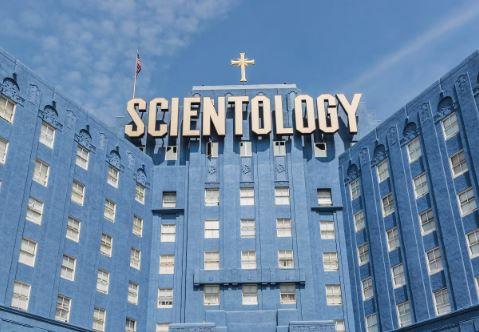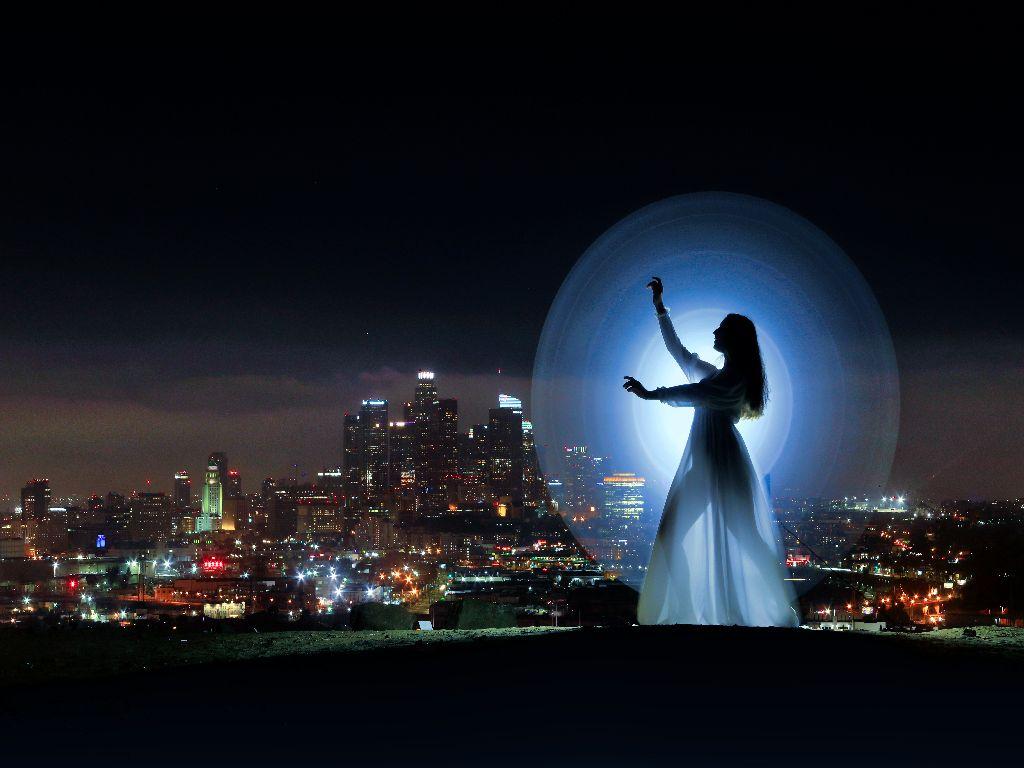Scientology

Scientology is a set of religious beliefs and practices created by L. Ron Hubbard in the early 1950s. It’s formally organized under the Church of Scientology, which was established in 1954. The movement blends self-help techniques, spiritual rehabilitation, and science fiction-inspired cosmology, and it has been both controversial and secretive since its inception.
Here are some key aspects of Scientology:
📘 Core Beliefs
-
Thetan: The central concept is that each person is a spiritual being called a thetan, which is essentially the soul. Thetans are said to be immortal and have lived many past lives—even on other planets.
-
Engrams: These are painful or traumatic memories stored in the subconscious mind that negatively affect behavior.
-
Auditing: A one-on-one counseling session using a device called an E-meter, which measures electrical resistance in the body. The aim is to clear the individual of engrams, leading to a state known as Clear.
-
Operating Thetan (OT) levels**: After achieving Clear, members can progress through higher OT levels, which are said to offer spiritual enlightenment and supernatural abilities.
🏛️ Church Structure
-
The Church is highly hierarchical and has a strict internal management system.
-
Sea Org: An elite, quasi-monastic order within the Church whose members make billion-year contracts and live communally under strict rules.
⚠️ Controversies
-
Tax Status: The IRS recognized Scientology as a religion in the U.S. in 1993 after years of legal battles, which remains controversial.
-
Celebrity Involvement: The Church is known for its recruitment of celebrities like Tom Cruise and John Travolta.
-
Allegations: There have been numerous accusations including:
-
Harassment of critics and former members.
-
Abuse of labor and psychological manipulation.
-
Aggressive legal tactics and secrecy.
-
📺 Pop Culture and Criticism
-
Documentaries like Going Clear (2015, HBO) and Leah Remini: Scientology and the Aftermath have exposed alleged abuses within the Church.
-
The Church denies all allegations and maintains that it's a misunderstood religion facing religious discrimination.
📜 HISTORY OF SCIENTOLOGY
Founder:
-
L. Ron Hubbard, a science fiction writer and self-help author, wrote Dianetics: The Modern Science of Mental Health in 1950.
-
Dianetics introduced his ideas about the mind and self-healing, quickly gaining a following.
-
After backlash from the medical and psychological communities and the bankruptcy of Dianetics foundations, Hubbard reframed the movement as a religion—and in 1954, the Church of Scientology was founded in Los Angeles.
Expansion:
-
Throughout the 1960s–1980s, Scientology grew globally, establishing churches ("orgs") and missions in many countries.
-
The Church also launched the Sea Organization (Sea Org), a paramilitary-style group of elite members.
-
In 1993, the IRS granted Scientology tax-exempt status after decades of legal conflict.
🧠 CORE BELIEFS
1. The Thetan
-
The thetan is the spiritual essence of a person—immortal, powerful, and separate from the mind and body.
-
Thetans are said to have lived for trillions of years, often forgetting their past through traumatic experiences.
2. The Mind
-
Divided into:
-
Analytical mind: logical and rational.
-
Reactive mind: stores engrams (traumas), which are irrational and harmful.
-
-
Scientology’s goal is to clear the reactive mind through auditing.
3. Dianetics and Auditing
-
Dianetics: the foundational self-help philosophy aimed at overcoming engrams.
-
Auditing: a central practice using the E-meter to detect engrams and release them, leading to a state called Clear.
4. The Bridge to Total Freedom
-
A structured spiritual progression chart with multiple levels.
-
First goal: become Clear.
-
Advanced levels: Operating Thetan (OT) levels (I–VIII and beyond), unlocking higher spiritual awareness and powers.
-
5. Past Lives & Xenu
-
Belief in past lives and reincarnation is common.
-
At OT III, members learn about Xenu, an ancient galactic overlord who allegedly brought billions of beings to Earth 75 million years ago, killed them, and trapped their spirits—called body thetans—which now cling to humans. This story is considered confidential until one reaches OT III.
🔍 AUDITING EXPLAINED
What It Is:
-
A form of spiritual counseling using a device called an E-meter (electropsychometer).
-
A trained auditor asks questions while monitoring the E-meter, looking for electrical changes that indicate emotional charge.
Goal:
-
Help the person confront and "erase" painful memories or engrams.
-
Once enough engrams are cleared, a person reaches Clear—a state of emotional stability and rational thinking.
Costs:
-
Auditing and course progression can cost tens to hundreds of thousands of dollars over time.
⚠️ CONTROVERSIES
1. Aggressive Legal Tactics
-
Scientology is infamous for suing critics and defectors.
-
L. Ron Hubbard’s policy: "Never defend, always attack."
2. Disconnection Policy
-
Members are encouraged to cut ties (disconnect) from “suppressive persons” (SPs)—anyone critical of Scientology, even family members.
-
Has led to fractured families and major public criticism.
3. Abuse Allegations
-
Former members have reported:
-
Forced labor (especially in the Sea Org).
-
Psychological manipulation and isolation.
-
Harsh conditions and long hours for little or no pay.
-
Children raised with little education or outside contact.
-
4. Celebrity Recruitment
-
The Church actively courts celebrities and has a special "Celebrity Centre."
-
Public faces include Tom Cruise, John Travolta, and Elisabeth Moss.
-
Critics argue celebrities are used as marketing tools.
5. Documentaries & Exposés
-
Going Clear (2015, HBO): powerful, in-depth documentary based on Lawrence Wright’s book.
-
Leah Remini: Scientology and the Aftermath: Emmy-winning docuseries where ex-members share stories of abuse and control.
📊 PUBLIC IMAGE
-
The Church denies all abuse allegations and frames criticism as religious persecution.
-
While it remains powerful and financially strong, membership has reportedly declined in recent years.
-
It maintains tax-exempt status in the U.S., but not in all countries (e.g., not considered a religion in Germany or parts of Scandinavia).










